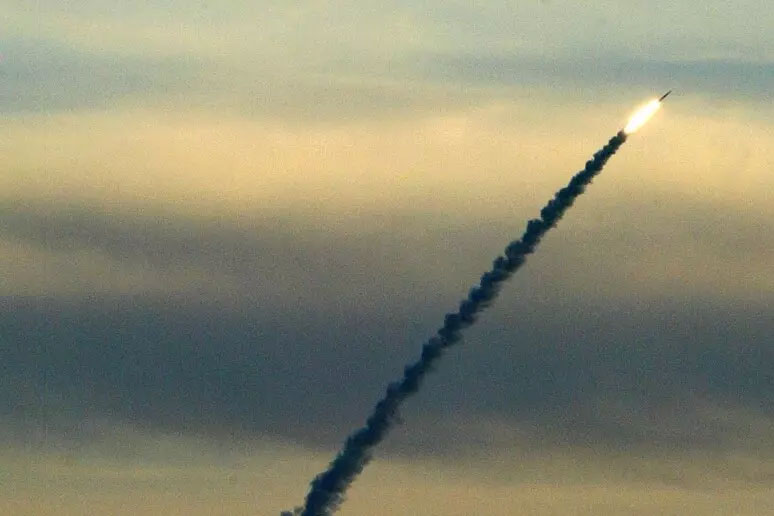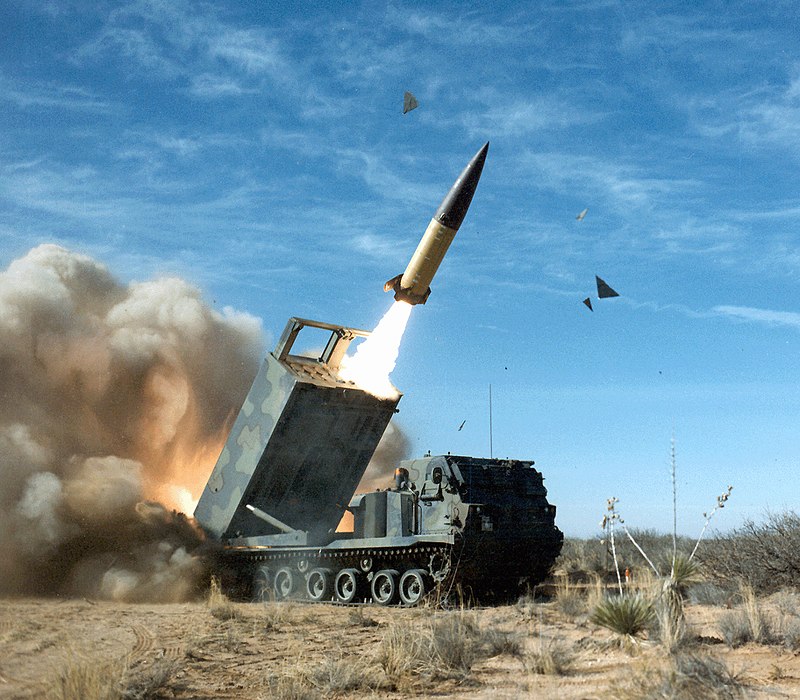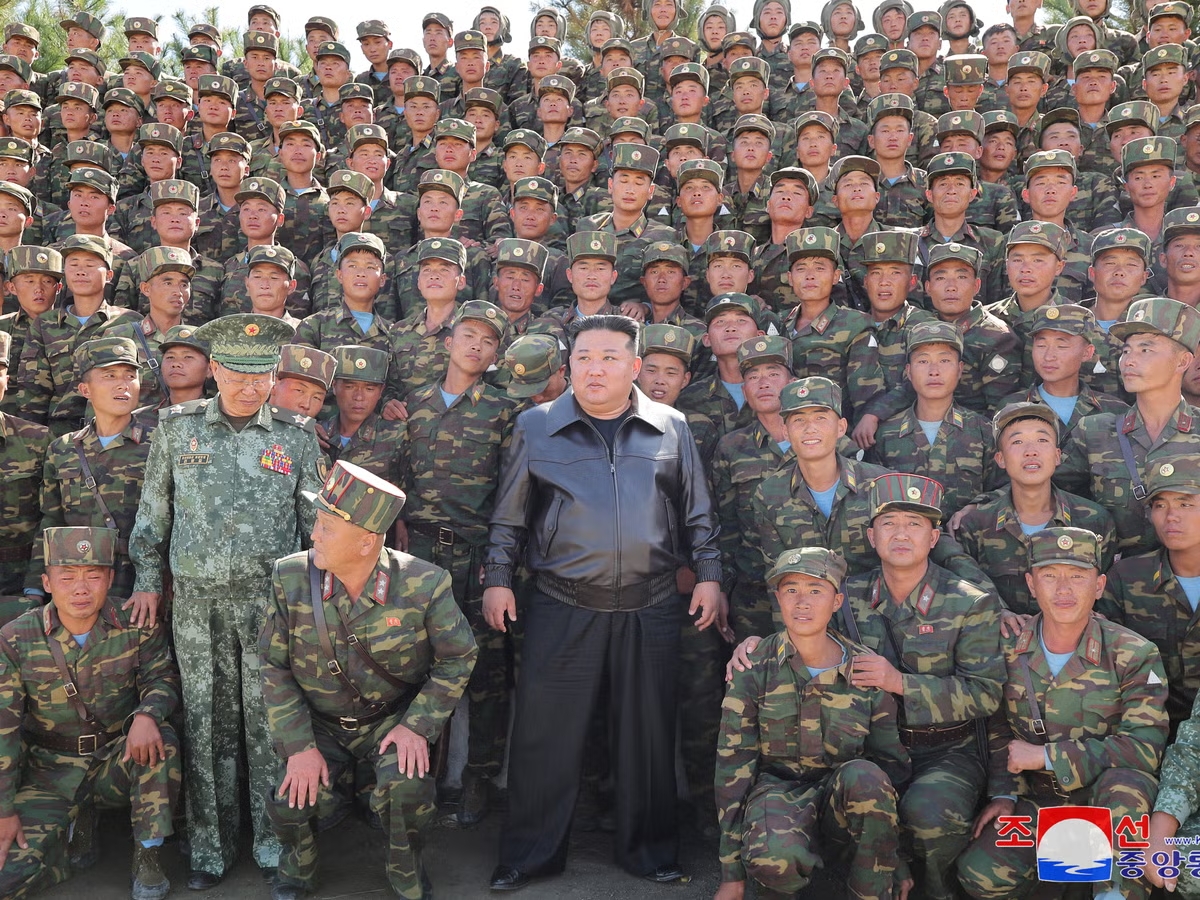The war in Ukraine shows us that ecological transition is geopolitical
- Oil or gas, we are accustomed to these natural resources being caused among the components of conflict. In recent days there has been talk of Europe’s energy dependence on Russia. But, in addition, for the development of the Green Deal or the Green Pact, Europe needs relations with Ukraine or Russia, and for hydrogen, with Ukraine and for the metals and minerals that have been produced in the eco-transition machines, with Russia.
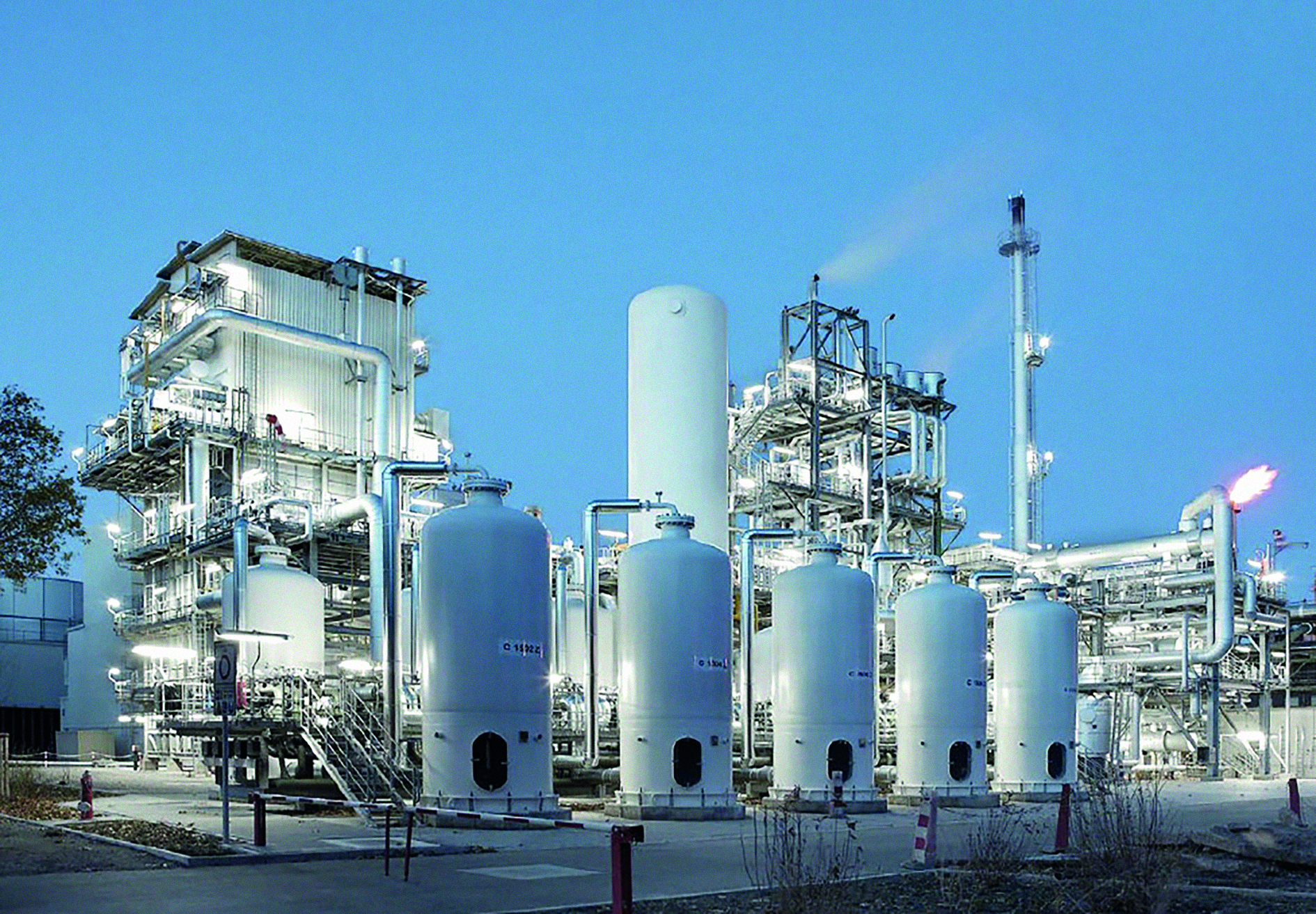
Once again, we are seeing that natural resources must be taken into account when analysing conflicts between peoples. Proof of this is the Ukraine which has been facing Russian troops since 24 February. When looking at its relations with the European Union and Russia, we have to take into account the energy aspect, whether it be oil, gas, hydrogen, renewable or nuclear. The article “Environmental warnings in the Ukrainian war” by Hervé Kempf, director of Reporterre, published in number 2770, reveals how Europe has Russia “a complicated but indispensable partner” because of its energy dependence.
The context of the climate emergency is a transitional phase that must be taken into account and that the relationship between geopolitics and climate will be accelerated in the future. The war between Russia and Ukraine calls into question the feasibility of the Green Deal or Green Pact drawn up by the European Union in 2019, and carbon neutrality as a target for 2050.
The freezing of the Nord Stream 2 pipeline was one of Vladimir Putin’s first sanctions for recognising the independence of the republics of Donetsk and Luhansk. The NS2 is a 1,230 kilometre gas pipeline between Russia and Germany, aimed at doubling Russian gas exports, completed in September but not yet launched by the last formalities. Although they have frozen NS2, Nord Stream 1, which also transports 55 billion cubic meters of gas each year, is still open in the same direction. In other words, Russia could also punish the European Union by closing the pit because it is heavily dependent on Russian gas: 43% of the imported gas comes from Russia and in 2019 the Russian company Gazprom exported to Europe 199,000 million cubic meters thanks to different gas pipelines. But since, in times of war, all the desired attacks are not always channelled either, at the time of writing this report Moscow has not taken any decision. As Europe cannot surmount NS1, Russia also finds it difficult: oil and gas revenues account for 40% of the federal budget and almost half of exports to Europe are gas and oil.
We remember how Russia placed the end of the NS2 works as a “victory”. Ukraine immediately said that “it would continue to fight this Russian political project.” In this economic conflict, Kiev allied the United States and Donald Trump had condemned the companies that were engaged in construction, because the implementation of NS2 was also going to stain U.S. exports. However, the new President of Joe Bide reached an agreement with Germany, agreeing on guarantees to reassure the complaints of the peoples of Ukraine and Eastern Europe.
The European Union seeks the Ukrainian hydrogen source
Looking at this agreement is worth understanding that the climate emergency and ecological transition are becoming a potential source of geopolitical conflicts. US-Germany Climate and Energy Partnership is the title of the agreement signed on 15 July. It had not fully satisfied the peoples of Ukraine and Eastern Europe and regretted the lack of dialogue: “In bilateral negotiations EE.UU. And Germany can solve all the problems that affect their interests. But when they are the interests of other nations we cannot decide anything,” said Ukrainian President Volodimir Zelenski.
The Nord Stream 2 article, Trump’s “Nord Stream 2, the Biden method, more fruitful than Trump”, of the Le Grand Continent media is interesting to understand its scope. In connection with this participation, Germany undertook to establish the Green Fund or Green Fund to support the “energy transition, energy efficiency and energy security” in Ukraine. A minimum of $1 billion is earmarked, combining public and private capital, which committed itself to initially donate EUR 150 million.
“Hydrogen is one of the key sectors in Ukraine for its high potential for green hydrogen production, which is a great opportunity for the European Union to import hydrogen. The production and export of green hydrogen would allow Ukraine to renew the use of its important gas pipeline network by offering a more eco-friendly hydrogen and therefore more attractive than the blue hydrogen that Russia could generate from its natural gas”, we can read in the article.
It is clear that Europe is following its interests: Green hydrogen would facilitate the goal of achieving carbon neutrality by 2050. And, of course, it would also be an opportunity to challenge the dependency on Russian gas and oil. Europe aims to achieve 2x40 GW of green hydrogen by 2030, importing 40 GW of Europe and 40 GW of Ukraine and North Africa. Kiev is in the same position: “Ukraine seeks to align its climate policy with the European Green Pact,” said the President of Ukraine, regarding the 2019 Climate Ambition Summit or the Anvital Climate Summit. In addition, the loss of money resulting from the launch of the NS2 could be compensated – which received EUR 2.460 million in 2019, thanks to the passing costs of the Russian company Gazprom passing through Ukraine. Ukraine’s gas networks, the Slovaks Eustream, the Czechs NET4GAS and the Germans OGE have recently joined together to build the Central European HydrogCorridor linking Ukraine and Germany.
However, if they have an infrastructure that is easy to export, the Ukrainians must develop the sector from almost zero. The people crushed by war will surely have other priorities in the coming years, so European priorities are now in question.
Russia needed, including for green energies
Métaux stratégiques: la guerre en Ukraine pourrait freiner la transition écologique de l´Union Européenne (“Strategic metals: The Ukrainian war can curb the ecological transition of the European Union”) points out a second element to be taken into account: Russian lands are enriched with the metals necessary for the ecological transition drawn by the European Union. For example, 40% of the palladium needed for electric cars is due to Russia. For Nickel, also after the Philippines and Indonesia, this is the main producer and we know that this metal is essential for windmills and shakes. Another information, that of Donbass, which can also be part of the war that began in 2014, is that there are many disputes in their lands and they are all oriented towards it: Russia, Ukraine itself, and the European Union.
“Climate change and conflict have the same root: fossil fuels.” These are the words of Ukrainian Svitlana Romanko of the Intergovernmental Group on Climate Change (IPCC). In the future, we will probably also cause green energies at the root of conflicts.
AEBek Ukrainako gerraren aurrean egindako jarrera aldaketaren barruan, “lur arraroak” deiturikoak negoziaziorako gai nagusi bilakatu dira Volodymyr Zelenskyren eta Donald Trumpen artean. Lehenak nahi du AEBek bere segurtasuna bermatu dezatela Errusiaren aurrean,... [+]
Jarritako kondenak barkatzearen truke, armadara batu da preso andana. Azken urtean, errekrutatze-legeak gogortu ditu gobernuak.
Palestinan genozidioa, Europan gerra eta potentzia nuklearren artean tentsioa. Ez daukagu berri on askorik emateko, baina bada bat, hondamendi orokorretik eratorria, aipatzea merezi duena: aldeko baldintzak sortzen ari dira kontrainformaziorako, informazio independenterako,... [+]
Road 20 January. U.S. President Donald Trump will be investigated on January 20. Democratic economic elites have repeatedly tried to put an end to Trump’s life. Will they achieve the target by 20 January? Furthermore, they intend to bring the war to a new, tougher phase. To do... [+]












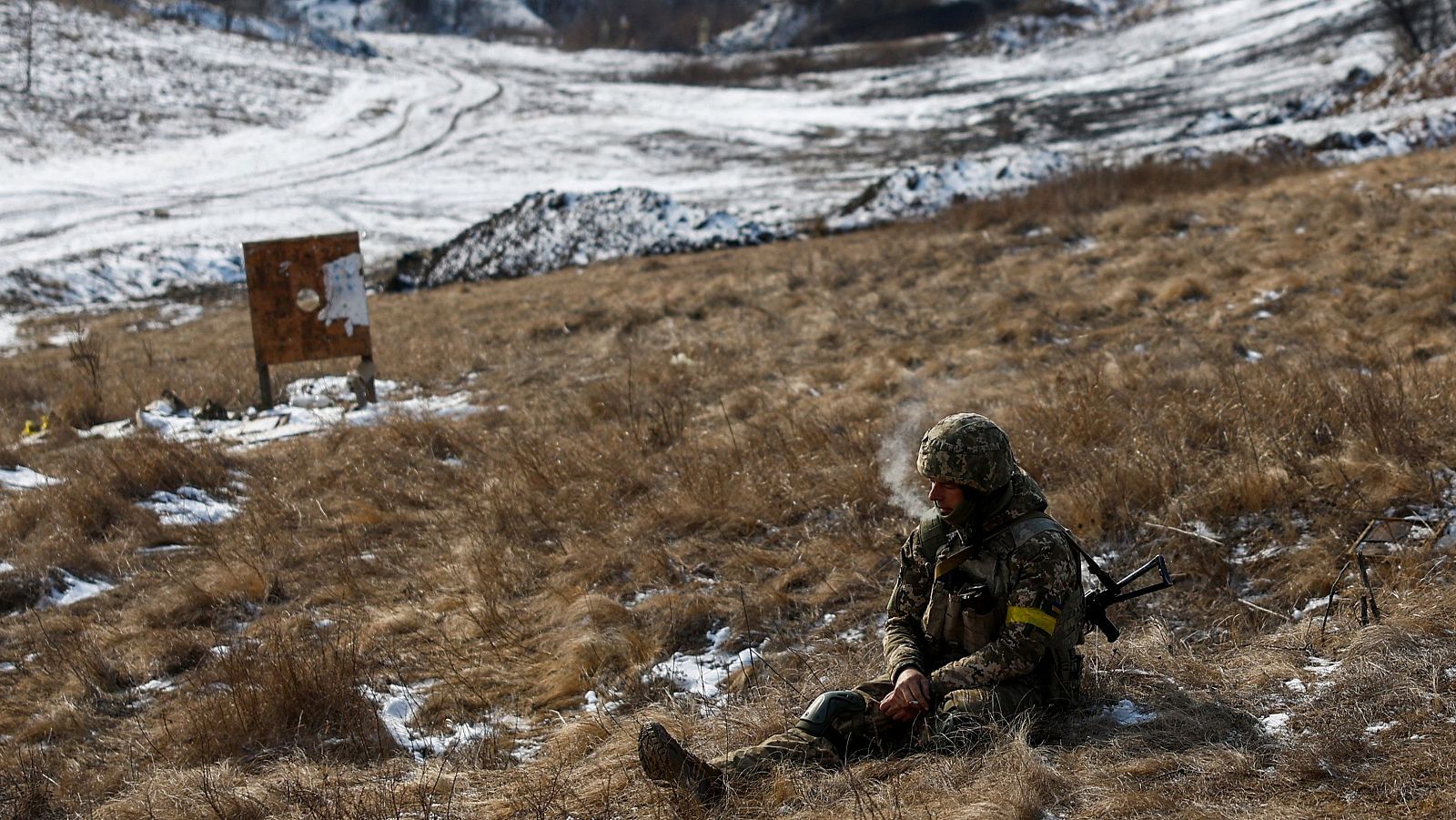
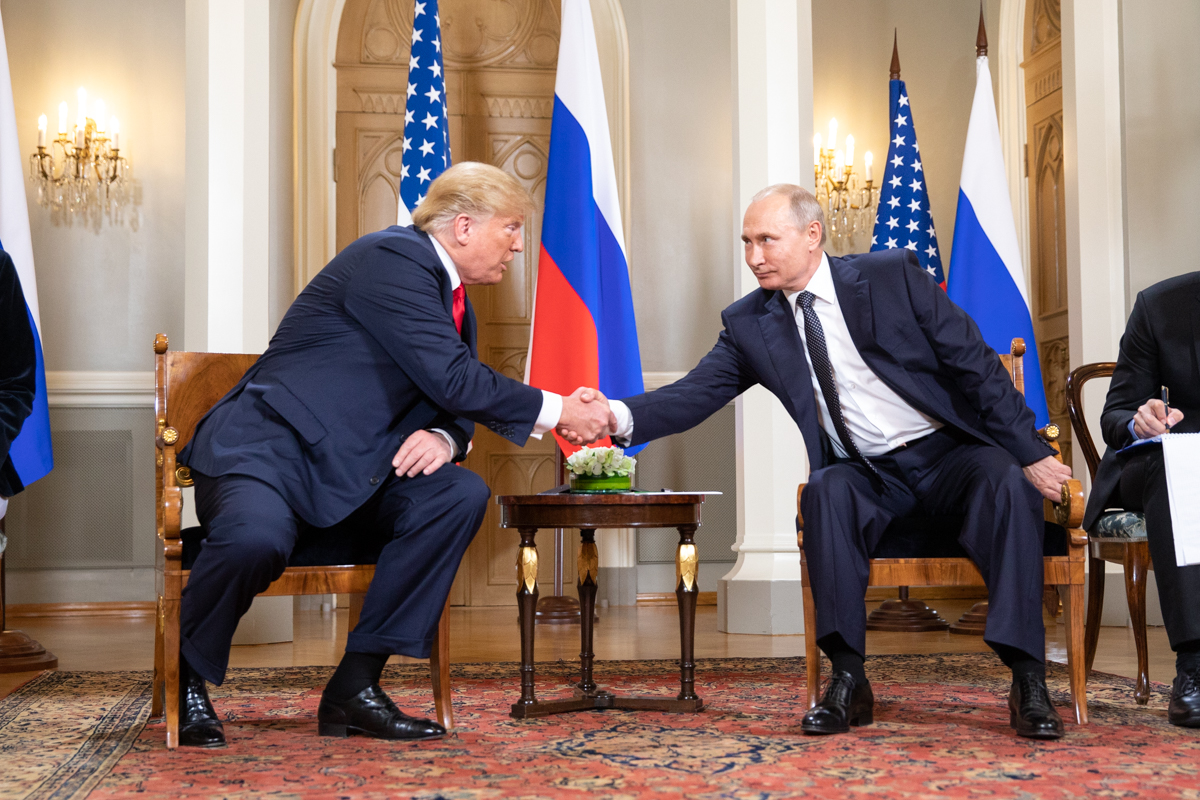
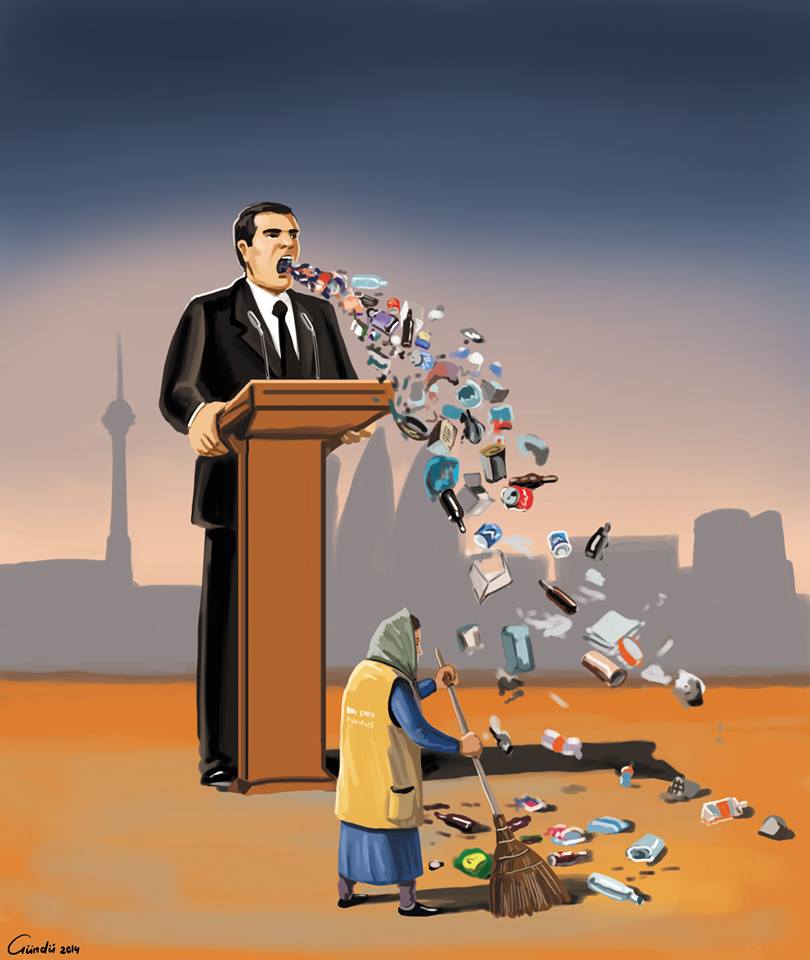
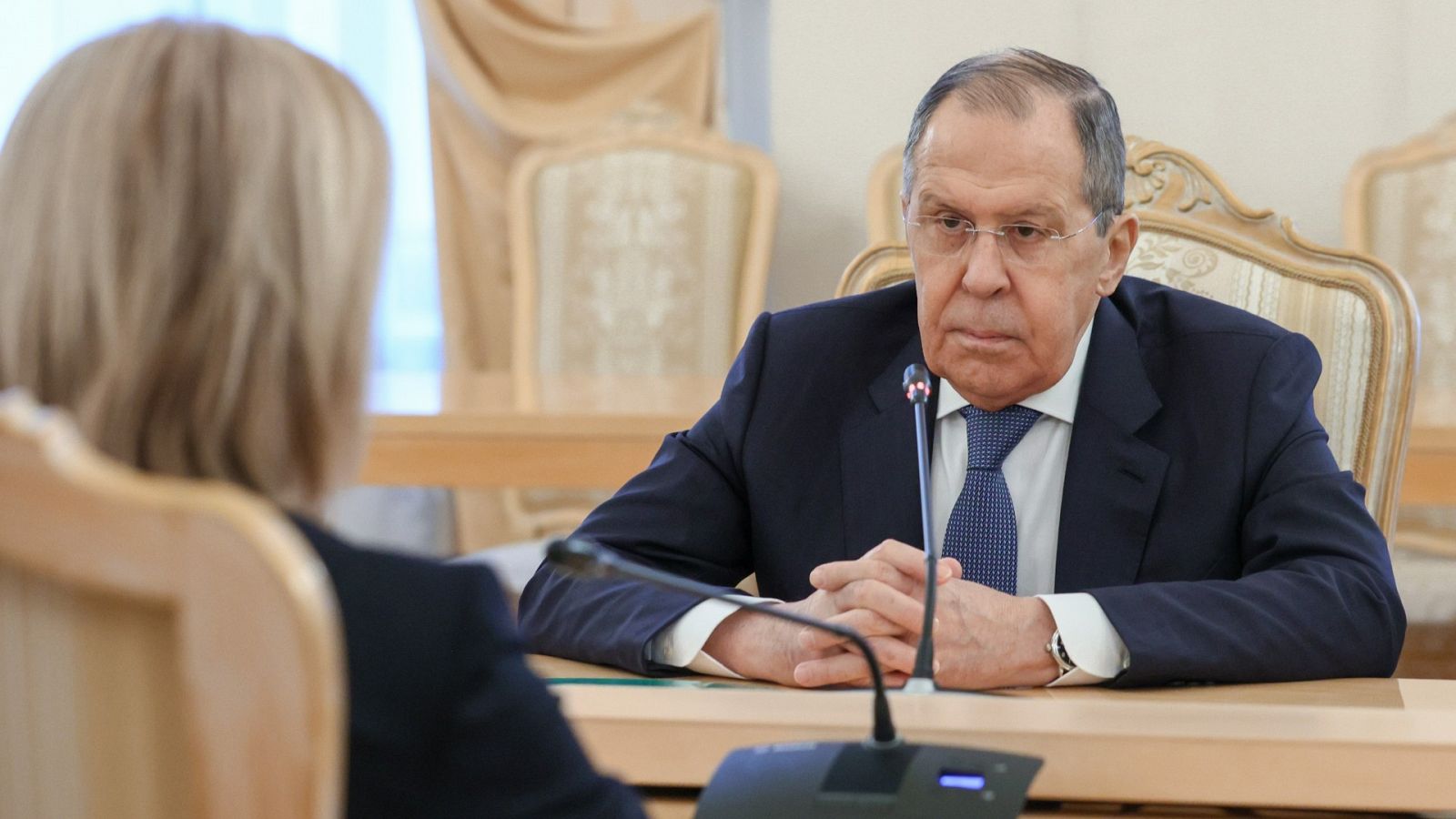

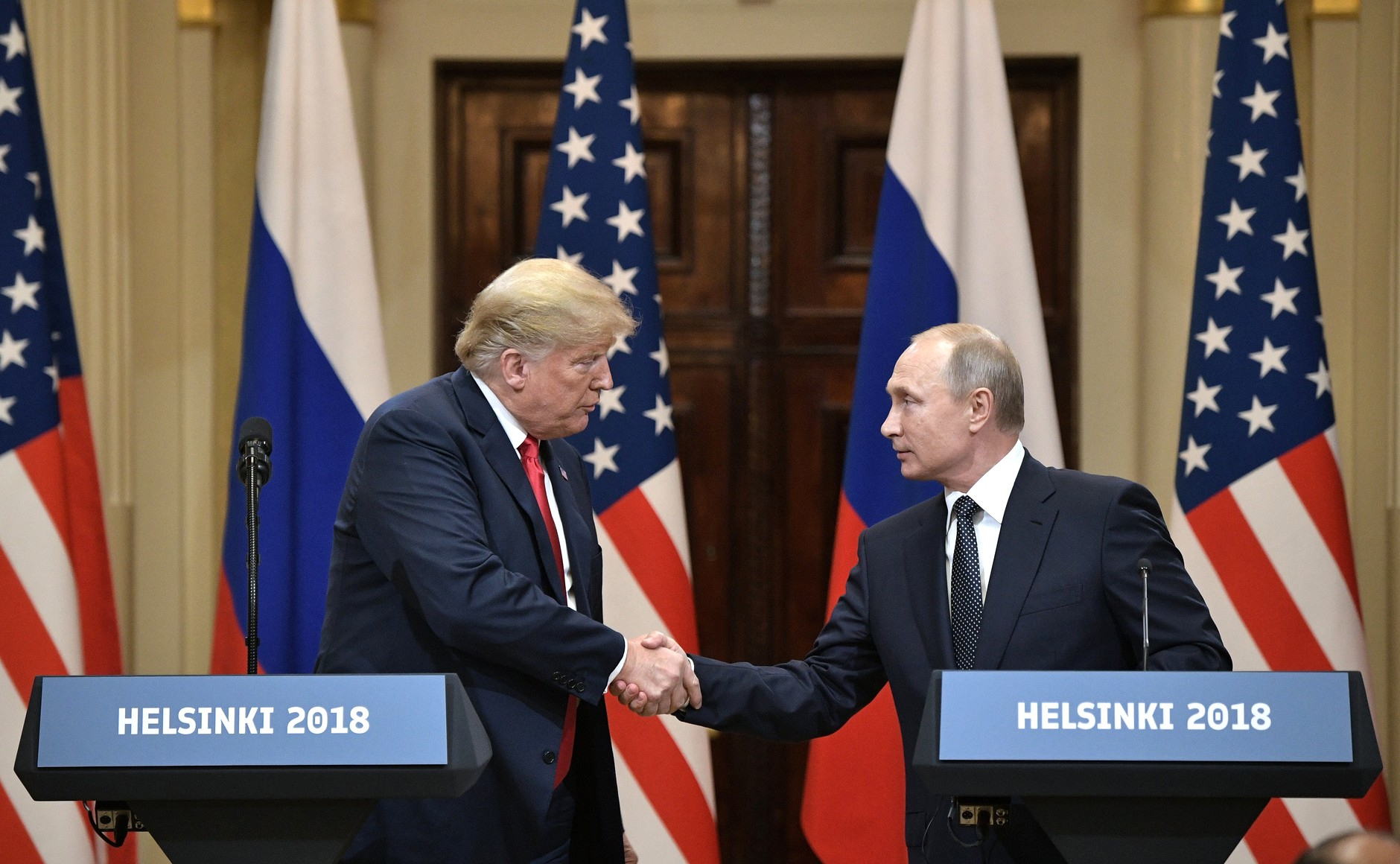
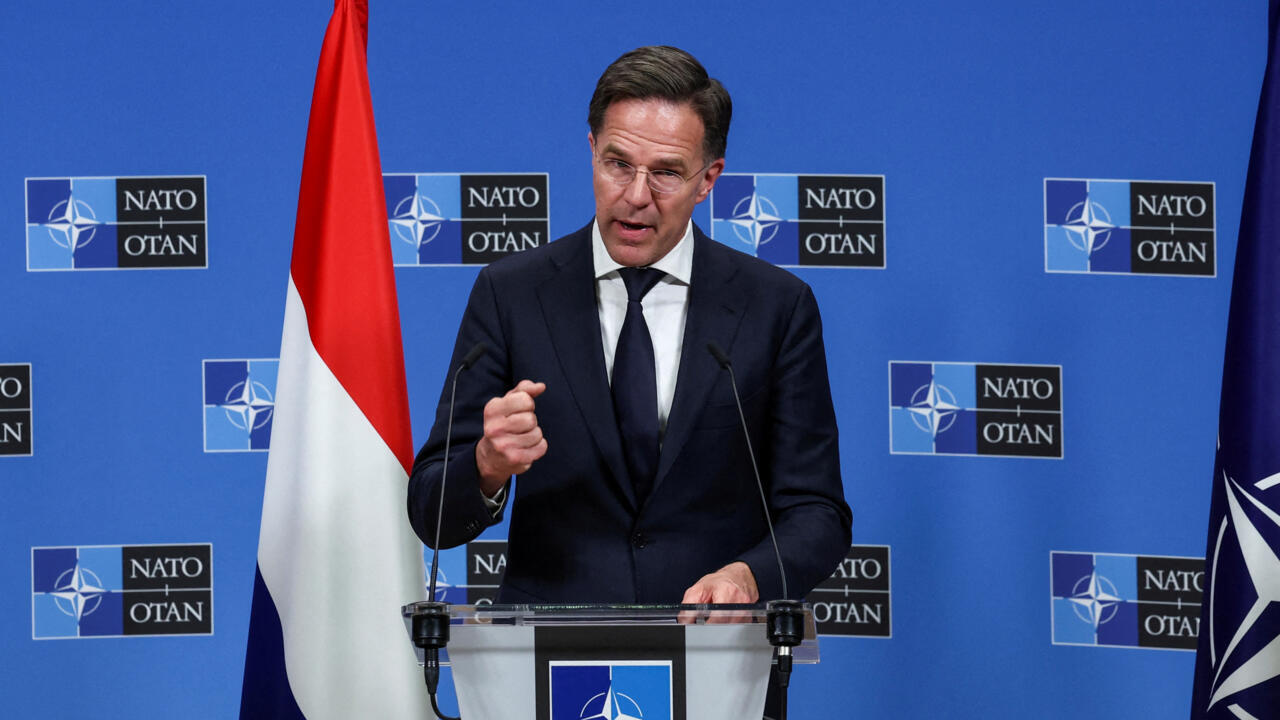

.jpg)
